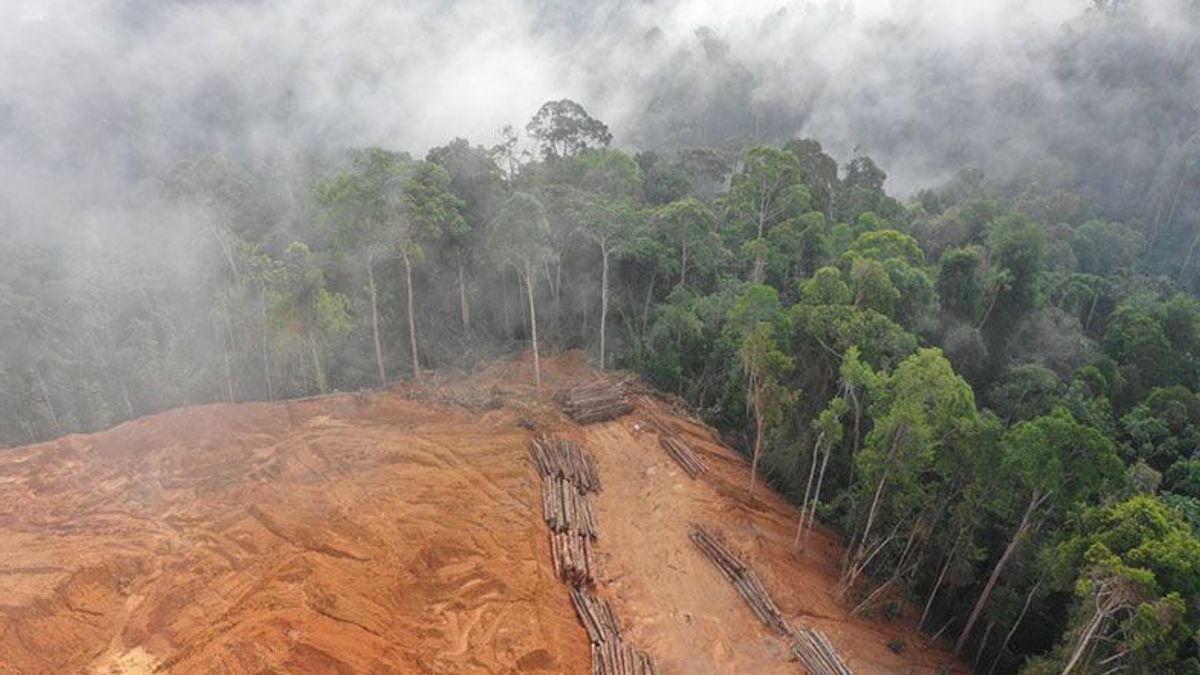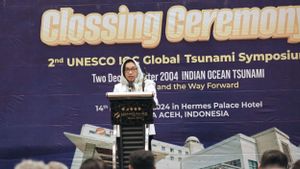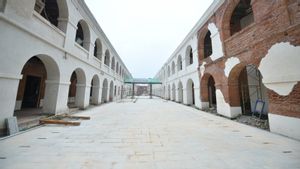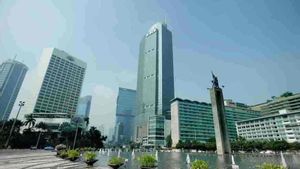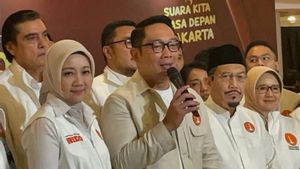YOGYAKARTA - Have you ever heard of or did you know what agrarian reform is? If not, let's discuss it here!
Farmers and fishermen have a very strategic position in fulfilling Indonesian food, so the increase in agricultural and fishery commodities is very necessary. Agrarian conflicts and land disputes are one of the frictions that disturbs power for agricultural and fishery life.
At least there are 2 agrarian conflict factors, firstly, the law and regulatory policies of agrarian problems, both thoughts on land, land status and ownership, land rights, or procedures for obtaining land rights. Second, inequality and injustice in the process of resolving land disputes, whose conclusions lead to conflict.
As a result, many farmers and fishermen run out of livelihoods and eventually become unemployed. Unemployment causes an increase in poor people in remote areas such as rural areas, most of whom are farmers and fishermen. Therefore, Agrarian Reform has emerged to narrow the imbalance in ability and land ownership which will actually provide new hope for changes and equal distribution of the residents' socio-economics.
Agrarian Reform is one of the National Priority Programs improved by the Jokowi-JK Government in an effort to build Indonesia from the edge and improve its quality of life; as stated in Nawa Cita Jokowi-JK. Looking ahead to the 1960 Agrarian Basic Law, there are 3 noble goals to be achieved: first, reorganizing the unequal agrarian structure to be fair, second, resolving agrarian conflicts, and the Third to prosper the people after the agrarian reform was carried out.
Agrarian reforms fundamentally provide programs that can solve poverty problems for villagers, improve welfare with national food independence, increase land productivity, share recognition of land rights that are owned both individually, stately, and land owned by the public whose use is to fulfill the interests of the citizens.
There are 3 forms of agrarian reforms, namely legalization of assets, land redistribution and social forestry. In its form, agrarian reform is targeted to be carried out covering an area of 9 million hectares as mandated by Presidential Regulation No. 2 of 2005 concerning the 2015-2019 National Medium-Term Development Plan, in its scheme the legalization of assets 4.5 million hectares which includes legalization of unspecified transmigration lands, namely 600,000 hectares and legalization of land that has been under the control of the community covering an area of 3.9 million hectares.
Create a redistribution of 4.5 million hectares of land, including the Right to Use Out, abandoned land and other State land covering an area of 400,000 hectares and land derived from the release of a forest area of 4.1 million hectares. The position of the Ministry of Agrarian Affairs and Spatial Planning/National Land Agency (ATR/BPN) in Agrarian Reform is to provide assets and access. In terms of assets, the Ministry of ATR/BPN guarantees legal certainty of land owned by such as providing land certificates, accelerating
Land registration as well as an inventory of control, ownership and use and utilization of land within the framework of agrarian reforms carried out through the Complete Systematic Land Registration Program (PTSL). Make access matters for the Ministry of ATR/BPN to empower road infrastructure and irrigation, including post-harvest infrastructure, learning and training, business credit, and marketing.
In 2018, the ATR/BPN Department has a target of land sertipation through PTSL as many as 7 million fields and a target for land redistribution of 350,650 plots spread across 31 provinces throughout Indonesia. Sourced to data obtained by the Ministry of ATR/BPN, PTSL which uses potential data as of June 7, 2018, 2,077,139 plots have been mapped, 519,759 certificates and 915,911 PTSL capabilities.
SEE ALSO:
Throughout 2018 the Ministry of ATR/BPN has printed a success story of Agrarian Reform, including; Redistribution of ex-HGU land released voluntarily in Siak, Riau totaling 4,000 fields with an area of approximately 4,000 ha, KT in the context of developing IPTEK-based livestock on ex HGU land covering an area of 510 ha in Soppeng, South Sulawesi, KT in the context of developing a 47 ha ex-HGU tourism area in Pandeglang, Banten. Redistribution of ex-HGU land and abandoned land in North Sulawesi; Kakao Village in Kolaka will be developed 3,000 ha, East Kolaka: Release of HGU 6,070 ha as well as abandoned land 225 ha, Muna ex HGU 1,100 and 1,500 ha, has been implemented. IP4T.
So after knowing what an agrarian reform is, see other interesting news on VOI.ID, it's time to revolutionize news!
The English, Chinese, Japanese, Arabic, and French versions are automatically generated by the AI. So there may still be inaccuracies in translating, please always see Indonesian as our main language. (system supported by DigitalSiber.id)
